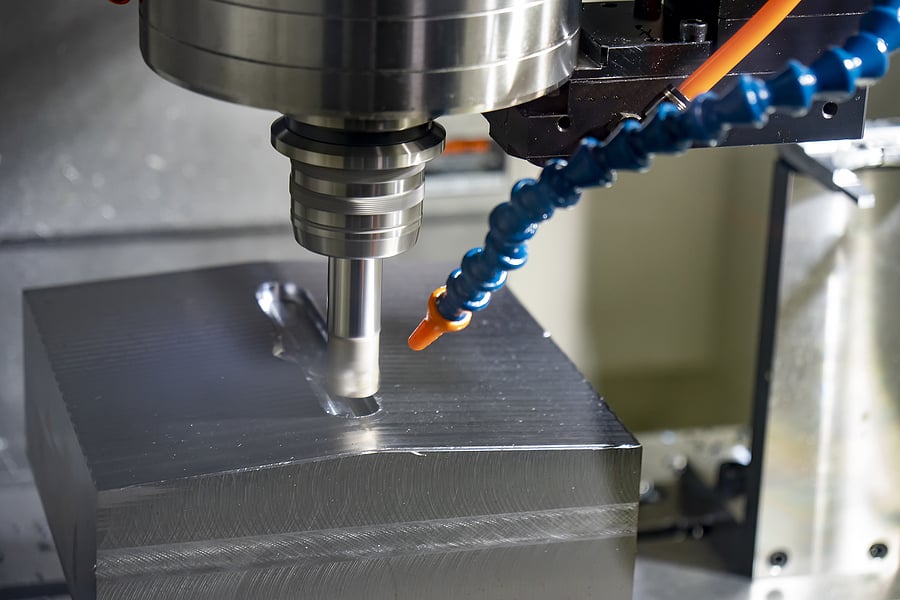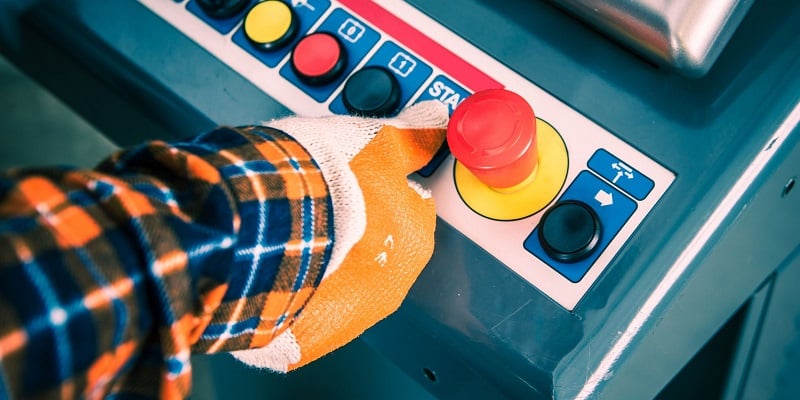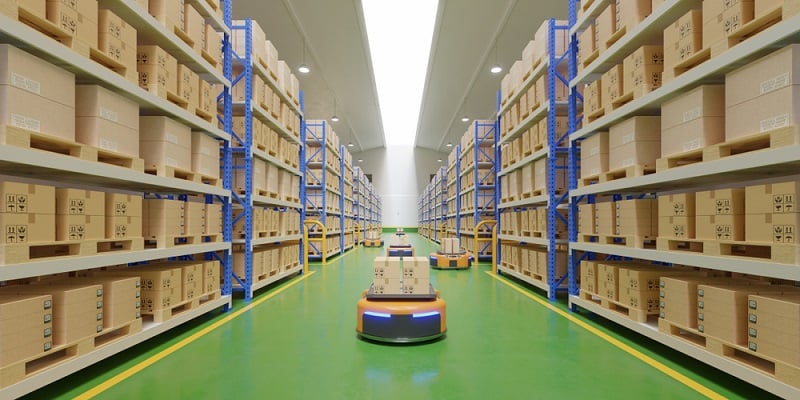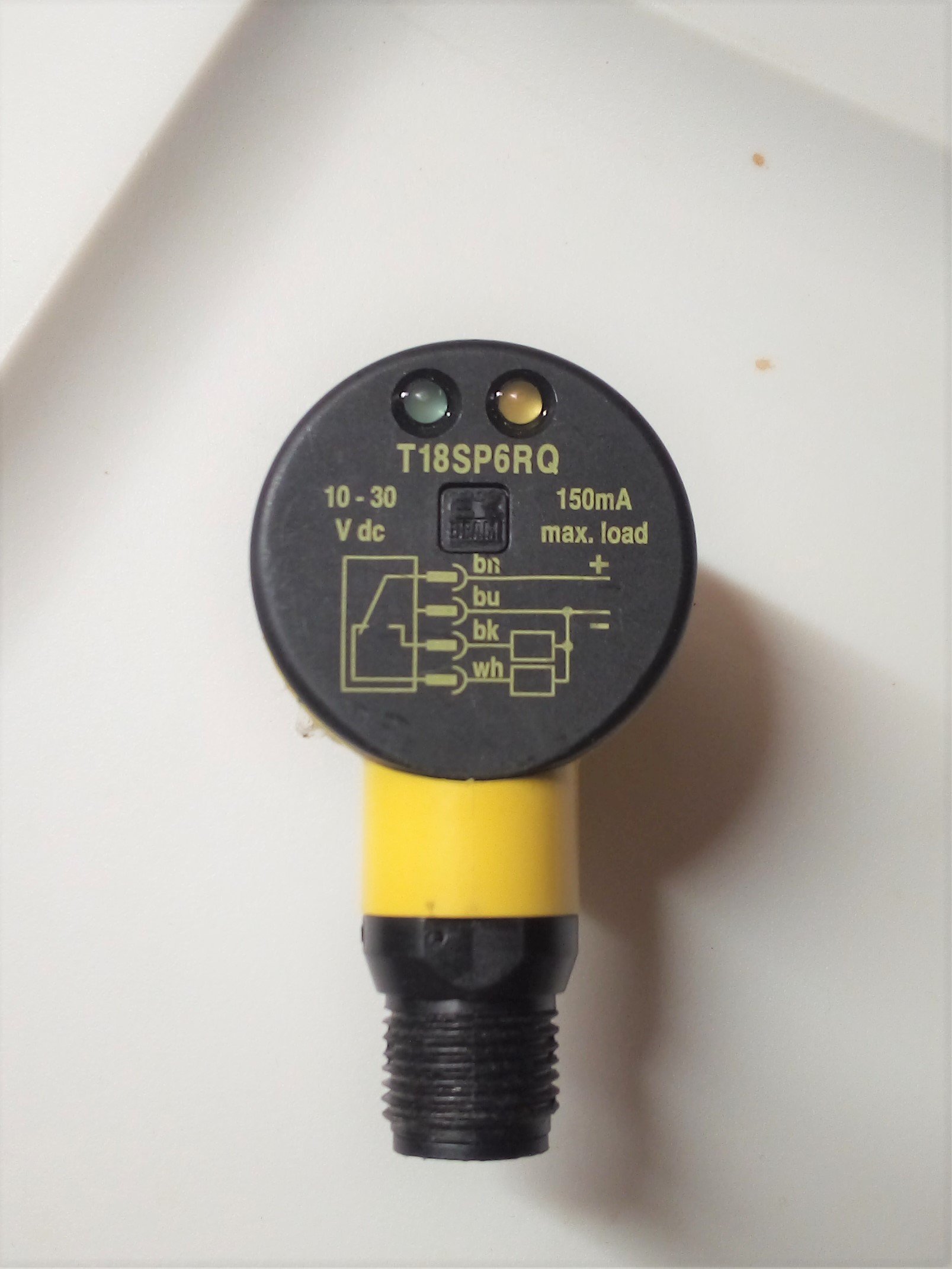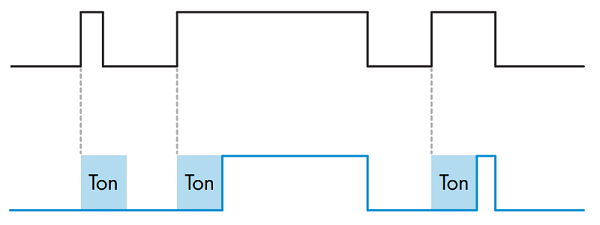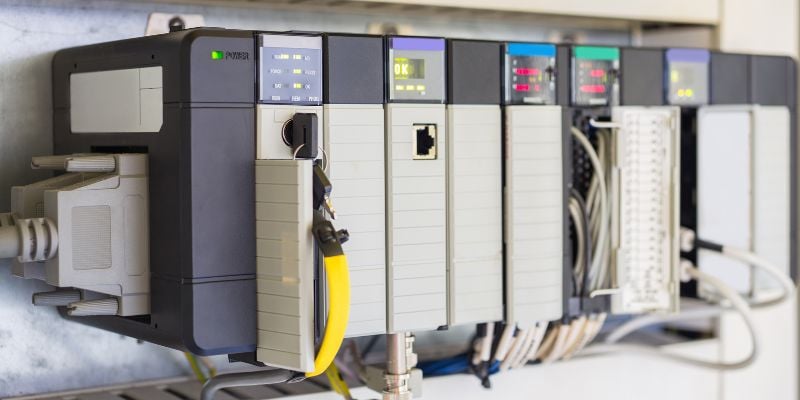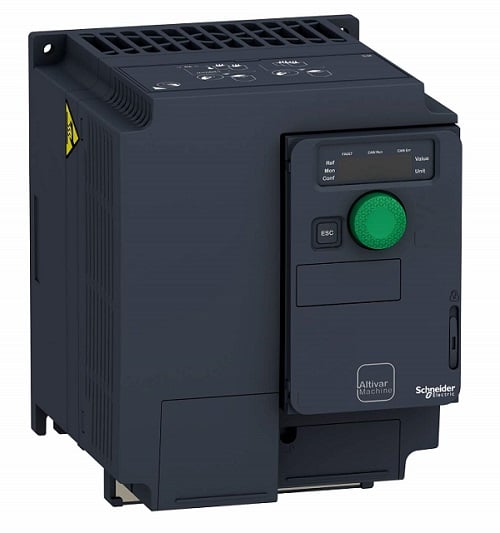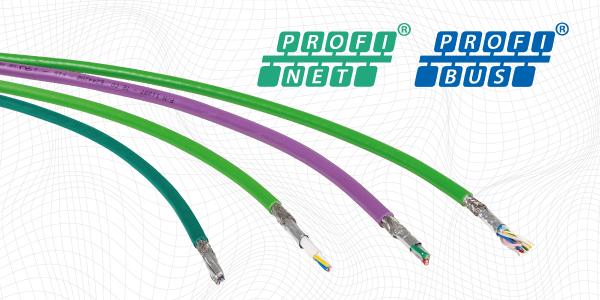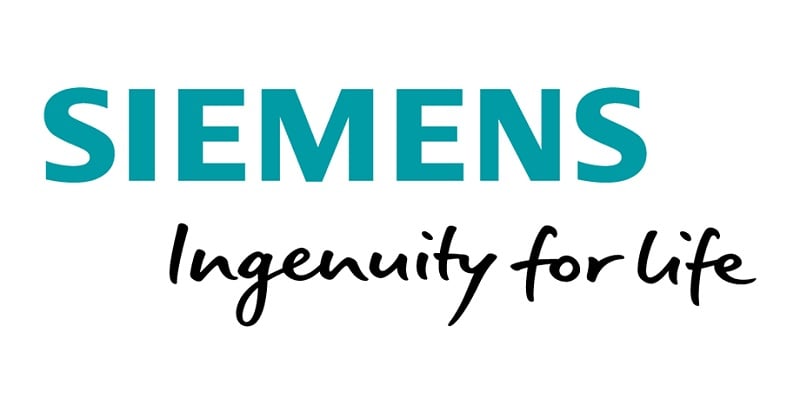The Importance of Material Selection in Manufacturing
The following will take a step back from IoT and machine data to see how engineering practices such as material selection and CAD can do more with less. IoT, connected devices, and other technologies are driving digital manufacturing. However, accelerating design cycles and shorter product life cycles can create stress on production lines. Starting a … Read more

